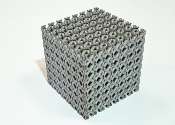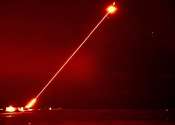Additive manufactured aluminum alloys for space optical instruments
When Zach Post was approached about leading a study to develop a framework for additively manufacturing (colloquially called 3D printing) a new space instrument for detecting air pollution, it was an opportunity he couldn't ...
Mar 22, 2024
0
8









